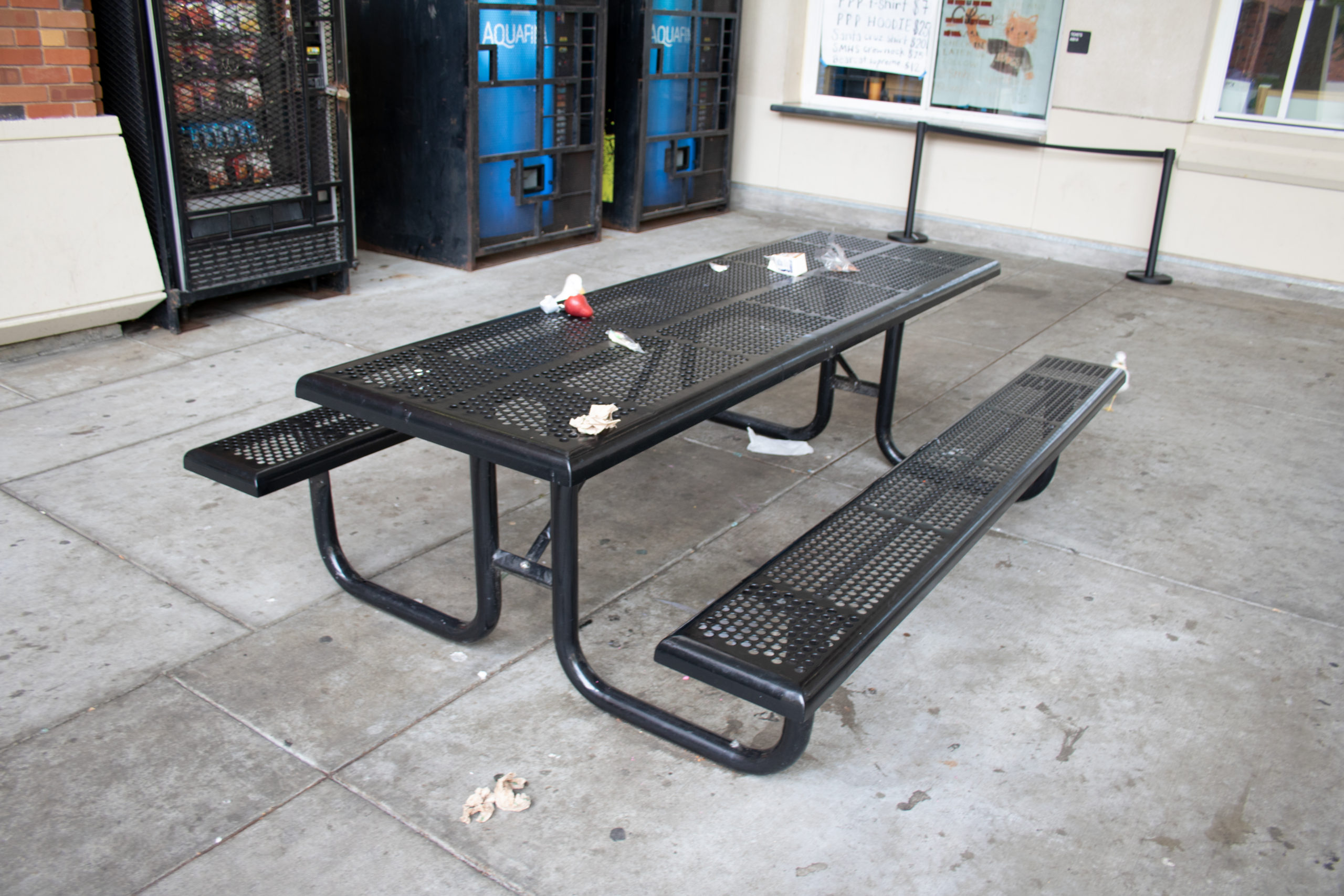Free lunch is a great solution to many of the challenges students in need face, providing the safety of food; however, with all of the benefits that free lunch offers come drawbacks. The amount of waste generated by the extra food, such as the carrots, cheese sticks, apples and sunflower seeds, given to students in addition to what they eat normally leads to a lot of waste. “Around 80% of students don’t eat the extra food since they didn’t ask for it and sometimes it’s too much for them to eat,” said Jermaine Lei, a junior at SMHS. When students don’t eat the food, a lot of it is thrown away into the garbage, “but most of it is left on the table, floor, or steps,” said Keani Cervantes, also a junior.
In past years, the free and reduced school lunch program had been only for those in a certain income bracket who applied and successfully got a waiver. In the 2019-2020 school year, 63% of California’s student body participated in the program. However, some district officials and child hunger experts say that the number of families who need food assistance throughout the state is actually a lot higher. Due to concerns that families may not be applying due to embarrassment or privacy concerns, the National School Lunch Program phased out the checking student eligibility for free lunch this school year.
Overall, the program supports families that are feeling “financial strain, hunger and hardship, these waivers allow schools to reach more kids with the food they need,” said Lisa Davis, a senior vice president of a national child hunger organization called Share Our Strength.
Even though the benefits of free food are numerous, there are many issues that need to be fixed about it. The extra food given to students often ends up on the floor and or in the garbage, causing a major food waste problem. Colin Stuart, a junior at SMHS agrees, saying that “they should not give out foods wrapped in plastic because it generates a lot of waste.” Some solutions that are being thought of are having “more side options that students will consume, educating students on the importance of a balanced meal, and having students share their food with students who will consume those items,” said Denis Vorrises, who is the director of student nutrition in the San Mateo Union High School District.
Free food at lunch offers a lot of benefits by giving students food that they may not be able to get from their homes, but there are many problems that must be fixed before it can become a sustainable way to feed the student population.

